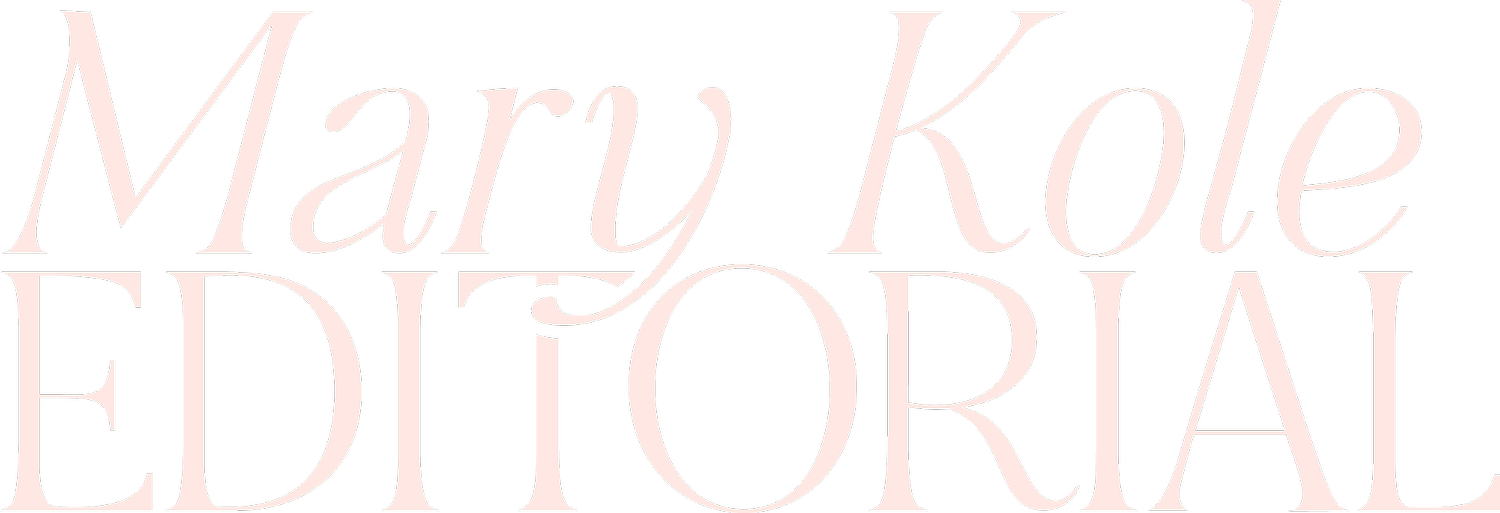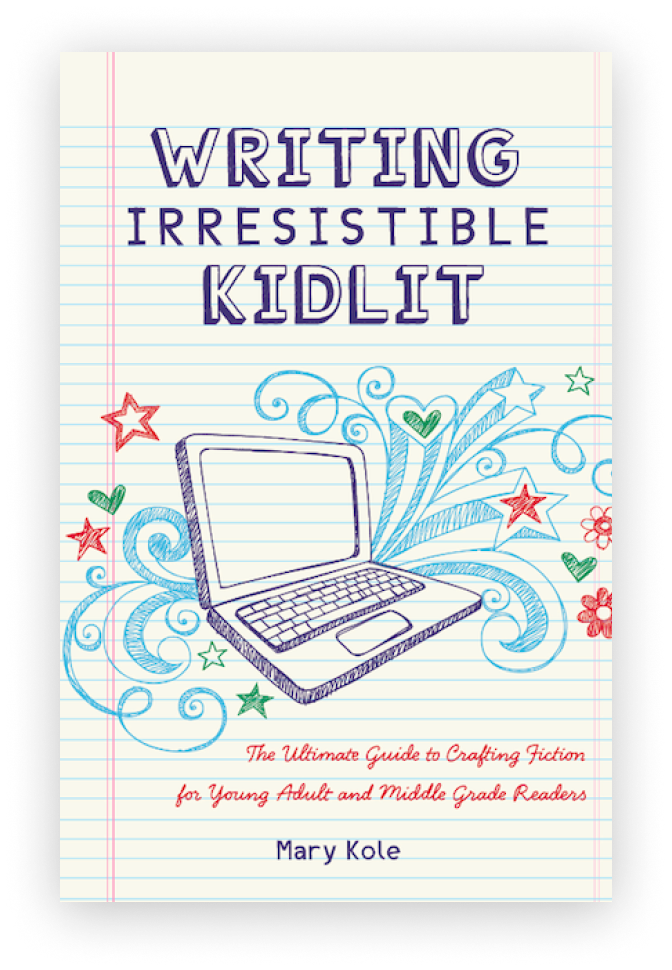How to Write a Story
By Mary Kole
Mary Kole is a former literary agent, freelance editor, writing teacher, author of Writing Irresistible Kidlit, and IP developer for major publishers, with over a decade in the publishing industry.
Every aspiring creative writer dreams of creating a book idea that will hook the reader from the very first page to the last. But where do you begin? Crafting a story requires more than just a great story idea; it takes skill, patience, and a lot of hard work, which are writing tools in and of themselves. I'm here to share my top tips, tricks, and common mistakes to avoid in this comprehensive guide on how to write a story for a fiction target audience of any age.
The Basics of How to Write a Story
Learning how to write a story requires several key disciplines and steps. The first is a strong book concept that will intrigue readers. It should have many layers, plot arcs, character arcs, and opportunities for character growth and conflict. Once you have a premise in mind, it's time to create relatable characters that readers will engage with and care about. Develop a compelling conflict or problem that your characters must overcome, a strong character objective and motivation for them to pursue, and incorporate a plot outline and story structure that will keep readers engaged until the very end. Finally, make sure you have an exciting story climax and a satisfying resolution that ties up all loose ends. With these best practices for how to write a story in mind, you can create a narrative that will leave a lasting impression on readers.
How to Write a Story for Maximum Emotional Impact
One of the most important aspects of learning how to write a story involves creating a story arc that generates an emotional response from readers. To do this, you must establish a clear beginning, middle, and end, if you follow the popular three-act structure. The beginning should introduce the characters, setting, world-building (if applicable), and conflict. The middle should raise the stakes and build tension with secondary characters and subplots (if any), leading to the climax. The end should provide resolution and closure. Use careful pacing and foreshadowing to build tension, make sure there’s conflict in every scene, and remember to show, don’t tell. This will allow readers to become fully engaged in the story and experience all of the emotional highs and lows, especially if you are using a POV or point of view that gives them access to your character’s interiority.
How to Write a Story with the Right Plot and Character Elements
Creating memorable characters is essential when you want to learn how to write a story that readers care about. Your characters should have believable motivations, goals and personalities that will resonate with readers. They should also have character flaws and not aim to be perfect. Developing character arcs for all of your main players can also add depth and story complexity. When it comes to action, make sure you're providing enough detail to create vivid and engaging scenes full of action beats. Action should be clear, fast-paced, and easy to follow because it uses a cause and effect logic flow. Use sensory details and writing imagery (where it fits your overall writing voice and genre expectations) to immerse readers in the moment and bring your story to life.
Common Mistakes Writers Make in Learning How to Write a Story
There are several common mistakes that writers make when crafting a story. These include unrealistic or clichéd characters and stereotypical characters, starting the story in the wrong place, slow pacing because of a clunky balance of action and information, and poorly written dialogue. Additionally, avoid the trap of telling, rather than showing. Finally, it's essential to make sure your manuscript formatting is up to industry standard, and that you are editing and proofreading your work properly before submitting to publishers and literary agents.
Learning how to write a story that’s engaging and well-crafted can be a daunting task, but with the right writing tools and knowledge, anyone can become more successful at storytelling. By incorporating these tips and avoiding common mistakes, you'll be well on your way to publishing your next good story idea. Remember, practice makes perfect, so keep writing, editing, and refining your craft.

Click here to purchase Writing Irresistible Kidlit, my book on fiction craft for MG and YA novels, out from Writer's Digest Books. This will show you my writing craft philosophy and give you lots of valuable advice, including tips for the novel revision process and self-editing. There are over 35 example novels cited and discussed throughout. It’s a valuable resource for any writer’s toolkit.
Click here to purchase Irresistible Query Letters, my book on query letters, including over forty examples with comprehensive notes on each one. There’s a ton of submission advice, best practices, and insider information in these pages, and you’ll really enjoy seeing what other writers are doing in the slush.




